Not All Needles Are Equal: How True PMU Artists Master Their Tools
Share
Not All Needles Are Equal: How True PMU Artists Master Their Tools
What separates a beginner from a pro in permanent makeup (PMU)? You might think it’s just hand movement or pigment control — but in truth, it begins with the needle. Choosing the right needle is not just technical; it’s strategic.
1. Why Needle Selection Matters
The same pigment, same hand pressure, same design — and yet two artists can produce completely different results. Why? Because the type, thickness, and arrangement of your PMU needle determine how pigment enters the skin, heals, and retains over time.
Your client's skin type, pigment viscosity, and desired outcome all dictate a different kind of needle — and mastering this choice is what separates “just okay” from “flawless.”
2. Understanding Needle Arrangements

- Round (RL): Compact dot-like impressions, ideal for outlining or pixel shading.
- Flat: Straight-line impact, good for structured strokes (often in lips).
- Magnum: Wider fill area, great for large shading like ombré brows.
- Sloped: Tapered pattern, offers flexibility in angle-based applications like soft powder brows.
Each of these patterns leaves a distinct shape on the skin — knowing how they interact with skin types is key. (For a visual comparison, check our upcoming blog on PMU needle strokes.)
3. Needle Thickness vs Pigment Type
Think of pigment like ink, and the needle like a brush — a thick brush won’t paint delicate lines. Similarly:
- Thin needles (e.g., 0.18mm): Ideal for thinner, organic pigments. Create natural and airy strokes.
- Thicker needles (e.g., 0.30mm): Work better with denser pigments or inorganic ink. Ensure strong, long-lasting saturation.
The wrong match leads to blurring, poor retention, or inconsistent color lift during healing.
4. Matching Needles to Skin Type
Understanding skin anatomy is essential. Here’s how top artists adjust:
- Oily skin: More resistant. Use thicker needles with stronger pressure for better implantation.
- Dry or sensitive skin: Use finer needles with light touch. Prevents over-trauma and scarring.
- Thin or mature skin: Sloped needles work well with gentle angle and layering technique.
5. My Message to Aspiring Artists
Technique isn’t just about mimicking designs. It’s about understanding why something works — and building logic behind every move you make.
At MMBROWS STUDIO, my training doesn’t stop at how-to steps. I teach the theory behind it all — because real mastery comes from intention. From understanding needle science to pigment chemistry, I hand you the tools to elevate your skill — not just your income.
If you’re considering professional PMU training that changes how you think and work, reach out to MMBROWS and let’s talk.
Stay tuned for more in-depth breakdowns in our technical series. Have a specific question? Drop us a DM on Instagram at @mmbrows_studio.
MMBROWS STUDIO – Vancouver's leading destination for high-level PMU artistry and mentorship.

